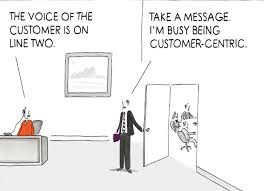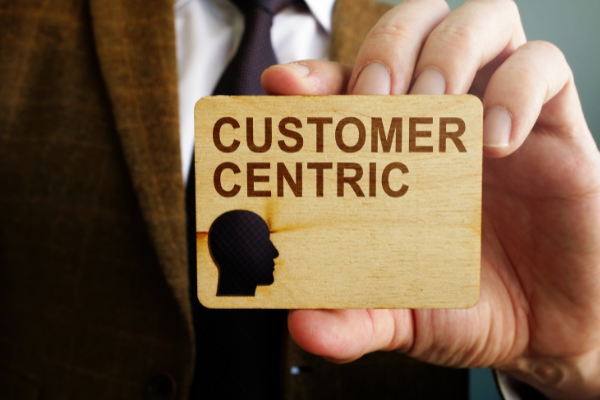 For years, companies have embraced conceptually the need for customer-centricity. A key, but tricky marketing trend in B2B is applying that concept to content strategy. ComBlu is often asked to speak about this topic and the value that this approach brings (in fact, we’ll be facilitating a panel on it at AMA Chicago this spring). So, this year on the blog, we’ll periodically explore different areas of customer-centricity and what they mean, along with practical tips to stay on track.
For years, companies have embraced conceptually the need for customer-centricity. A key, but tricky marketing trend in B2B is applying that concept to content strategy. ComBlu is often asked to speak about this topic and the value that this approach brings (in fact, we’ll be facilitating a panel on it at AMA Chicago this spring). So, this year on the blog, we’ll periodically explore different areas of customer-centricity and what they mean, along with practical tips to stay on track.
Let’s start with some basic principles of customer-centricity and content strategy. These principles guide content development, delivery and experience, because everything should pivot off the customer. It is not a one-off task, but more of an operational mindset.

Photo Credit: Marketoonist
Here are four characteristics of customer-centric teams.
A Strategic framework based on the success of the customer over the product or service. The intent of the content is designed to help customers solve problems and be successful. Instead of asking the question ‘what content should I create to help sell products and services,’ the question is ‘what content should I create that will help my customer do his/her job and be successful.’ Consider that many decision-makers are navigating the waters of change as their industries face disruption and their roles may be new or redefined.
Personas go deep. Focus on pain points and roles—especially how and why they may be changing based on industry shifts and disruption. Be sure to capture their go-to information sources and content preferences. It is key that you go deep in these areas to really understand your buyers, what keeps them up at night and how best to get in front of them. Helping them keep pace with industry change through content will add value which builds trust.
A broader Data driven approach. Go beyond channel performance and consider the demand for certain topics and messages. The intent is to provide actionable insights into what’s working and what’s not. Too often teams are siloed organized by customer touchpoint – such as email, website, social, etc. instead of a holistic view. This can make it difficult for teams to connect the dots to see what really moves the needle and why.
Personalization done for the right reasons. Customizing content for different segments is a HUGE undertaking. Many organizations are testing different platforms to aid in this effort. However, the goal for personalized content can be lost – which is to make it easy for customers to access information that is relevant and meaningful to them.
Remember, customer-centricity is a mindset and not a task. All content should be created and delivered with the intent of keeping the customer top-of-mind from the strategy, to the interpretation of data to the experiences you choose to personalize. Stay tuned to what some top brands grapple with as they deal with establishing a culture that is customer-centric. It can be a great learning opportunity. And follow us this spring as we delve deeper into the topic with both B2B and B2C brands. Ask yourself, is your content customer-centric?

Senior Consultant
Jenny is a digital content strategist, who leads customer-centric engagements that focus on understanding B2B buying behaviors and developing custom roadmaps.
Her expertise is creating buyer personas and mapping digital content journeys to assess the multi-channel user experience. She helps clients operationalize plans across workstreams and identifies processes to create efficiencies in marketing operations. Jenny also has extensive time under her belt developing and managing customer advocacy programs and community building.
She has helped a diverse group of organizations including Cisco, VMware, Verizon, Microsoft, Dell, BMO Harris, Capital One and many others become more customer-centric.

